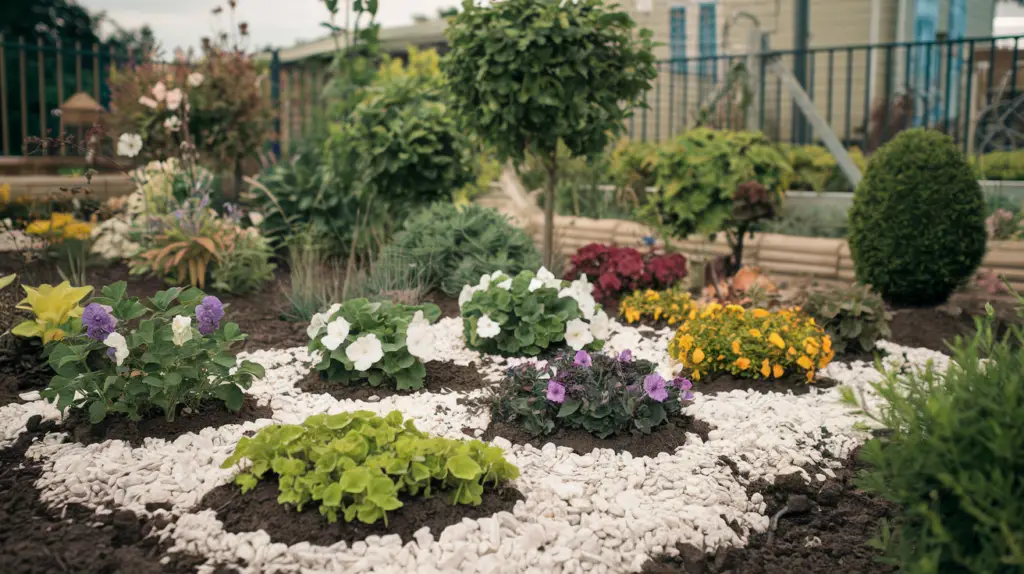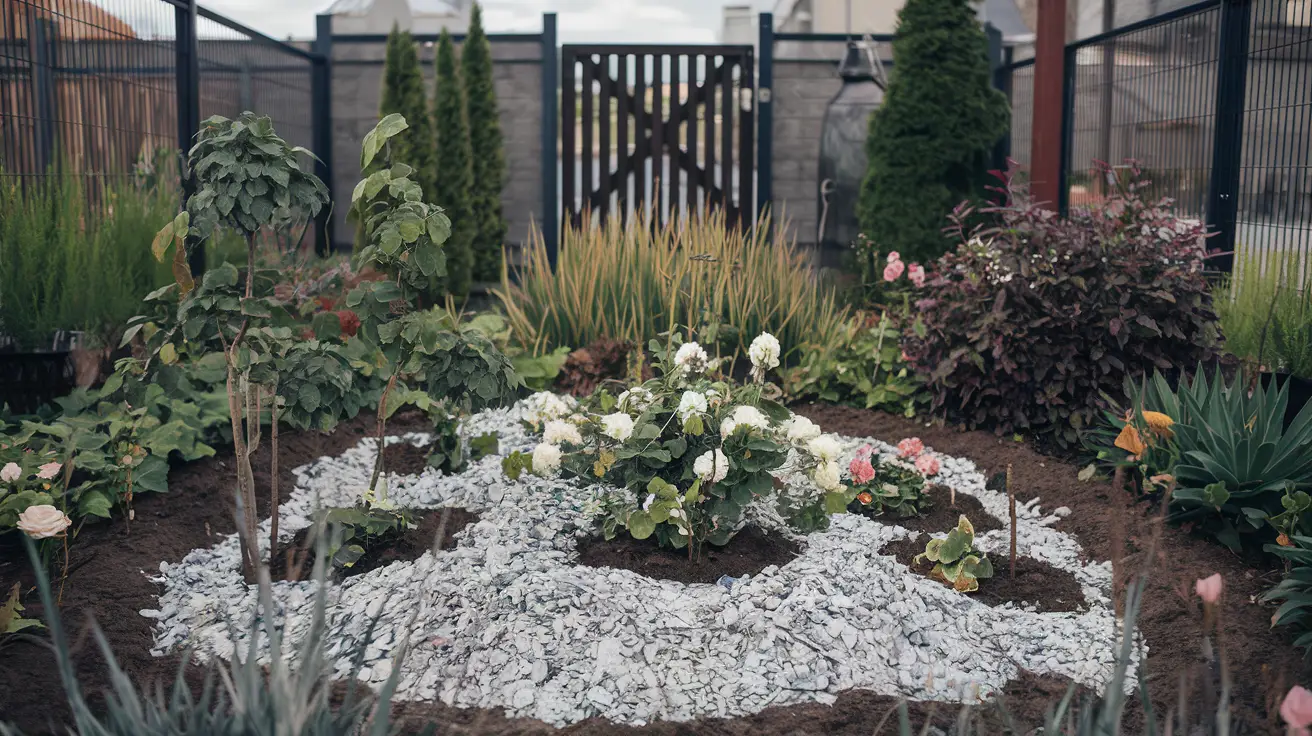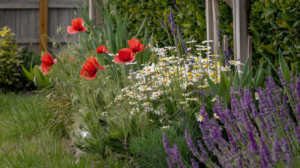Introduction
Losing a loved one is a profound experience, and many seek meaningful ways to honor their memory. One increasingly popular option is incorporating cremation ashes into gardening. This practice not only serves as a lasting tribute but also connects the cycle of life and nature. But the pressing question remains: Can you grow plants on top of ashes? In this article, we explore the feasibility, benefits, and considerations of using cremation ashes in your garden.
Why Do People Consider Growing Plants on Top of Ashes?

Emotional Reasons for Using Ashes in Gardening
Gardening with ashes provides a tangible way to remember and honor loved ones. It symbolizes growth, renewal, and the continuation of life, offering comfort to those grieving.
The Idea of Creating a Lasting Memorial
Planting a tree or flowers with ashes creates a living memorial that can be visited and cherished for generations, providing a serene space for reflection.
Misconceptions About the Benefits of Ashes for Plant Growth
While ashes contain certain nutrients beneficial for plants, there are common misconceptions about their overall impact on plant health and soil quality.
Are Cremation Ashes Good or Harmful for Plants?
Overview of Nutrients in Cremation Ashes
Cremation ashes contain essential nutrients like calcium, phosphorus, and potassium, which are vital for plant growth. However, the concentration of these nutrients can vary significantly.
Harmful Factors
Despite the nutrient content, ashes often have high pH levels and excessive sodium, making the soil alkaline and potentially harmful to most plants. Additionally, ashes are sterile, lacking the organic matter necessary for healthy soil ecosystems.
Why Most Plants Struggle to Grow in Ashes
The high alkalinity and lack of essential nutrients beyond the basic minerals can inhibit plant growth. Most plants prefer slightly acidic to neutral soil conditions, making it challenging to thrive in ash-heavy environments.
Environmental Impact of Using Cremation Ashes in Gardens
Long-Term Effects on Soil and Plants
Over time, ashes can alter the soil composition, potentially leading to nutrient imbalances. This can affect not only the intended plants but also surrounding vegetation.
How Ashes Can Disrupt Soil Balance
Excessive ashes can lead to soil compaction, reduced aeration, and hindered root development, creating an inhospitable environment for plants.
Effects on Water Retention and Drought Risks
Ashes can affect the soil’s ability to retain water, increasing drought risks and making it harder for plants to access necessary moisture.
Limited Plant Species That Can Tolerate Ashes
Only certain hardy, salt-tolerant species can thrive in ash-laden soil. These plants are typically adapted to harsh conditions and may not be the ideal choice for a memorial garden.
How to Safely Use Cremation Ashes for Planting
1. Diluting the Ashes
Mixing ashes with compost and soil amendments can balance the pH levels and provide a more hospitable environment for plants. A common ratio is one part ashes to three parts soil.
2. Using Biodegradable Urns
Biodegradable urns allow ashes to be gradually incorporated into the soil as the urn decomposes, ensuring a natural distribution of nutrients without overwhelming the soil.
3. Choosing Hardy Plants
Select salt-tolerant and hardy plant species that can survive in alkaline conditions. Examples include certain types of trees like oak or shrubs like juniper.
4. Adding Organic Amendments
Incorporate organic materials such as compost, peat moss, or manure to help neutralize the soil pH and improve nutrient availability for plants.
Alternatives to Using Ashes in Gardening
1. Scattering Ashes in Special Places
Scattering ashes in a meaningful location allows for a respectful farewell without altering the soil composition or affecting plant health.
2. Creating a Memorial Garden
Design a garden where ashes are placed on the surface or in decorative elements, ensuring that the underlying soil remains unaffected and plants can thrive.
3. Using Tree Urns
Tree urns combine biodegradable containers with ashes, promoting the growth of a tree without compromising soil quality. As the tree grows, it naturally incorporates the ashes.
Conclusion
Can you grow plants on top of ashes? The answer is yes, but with careful planning and preparation. While cremation ashes can provide nutrients, their high pH and sodium content can be harmful to most plants. By diluting the ashes, using biodegradable urns, choosing the right plants, and adding organic amendments, you can create a beautiful and lasting memorial garden. Proper care and methods ensure that your tribute not only honors your loved one but also fosters a thriving natural space.
Additional Tips for Creating Your Memorial Garden
- Plan Ahead: Assess your soil’s current condition and consider testing its pH before incorporating ashes.
- Consult Professionals: Speak with a gardening expert or landscape designer to optimize your memorial garden.
- Personalize Your Space: Incorporate elements that reflect the personality and interests of your loved one, making the garden a unique sanctuary.
By thoughtfully integrating cremation ashes into your gardening practices, you can create a meaningful and enduring tribute that honors both memory and nature.



